As an electrical inspector, building safety inspector or code enforcement official, you have an important role in promoting and enforcing public safety. During the permitting process and again during the final inspection phase of construction, you encounter many products that are required by federal and local codes to be “approved” for installation.
As you’re aware, in the context of the National Electrical Code and most of the other codes dealing with public safety, the word approved means “acceptable to the authority having jurisdiction.” In the case of automotive service lifts, you are often the first and only line of defense for the lift operator. In the service and repair garage environment, there are only a few products, like tire service equipment and vehicle lifts, that pose an immediate danger to human life if they malfunction. That’s why permitting, and post-installation inspection requirements are necessary to prevent the purchase, installation, and use of uncertified products.
While it is ultimately the employer’s responsibility to provide a safe workplace that is free from recognized hazards likely to cause death or serious physical harm, per OSHA General Duty Clause 29USC654, Section 5(a)(1), active enforcement by authorities having jurisdiction (like you) is critical for the execution of this clause and its potential to save a life or prevent injury.
Lift Certification
The mission of the Automotive Lift Institute (ALI) is to promote the safe design, construction, installation, inspection, and use of automotive lifts. Currently credentialed by ANSI and recognized as an Accredited Standards Developer and Product Certification Organization, accreditation ID# 0584, ALI sponsors several nationally recognized automotive lift safety standards and offers third-party certification programs for automotive lifts and lift inspection providers.
The International Building Code (IBC) Section 3001.2 and several Canadian provincial regulations reference ANSI/ALI ALCTV (current edition) American National Standard for Automotive Lifts – Safety Requirements for Construction, Testing, and Validation as the standard to which all installed vehicle lifts must conform. For an automotive lift to be certified to conform to this standard, it must be tested and bear the listing mark of an OSHA Nationally Recognized Testing Laboratory (NRTL) for electrical safety. Each lift model is further evaluated and labeled to demonstrate compliance to ANSI/ALI ALCTV. ALI’s Gold Certification Label carries the ALI mark to demonstrate mechanical compliance and for all electrically operated lifts, the NRTL’s mark representing ANSI/UL 201 – UL Standard for Safety of Garage Equipment, and for those lifts intended for Canadian markets, CAN/CSA C22.2 No. 68 – Motor-Operated Appliances (Household and Commercial).
Such evaluation of an automotive lift ensures the proper design criteria are met (including strength factors of materials), weld execution and procedures are documented, specific test performance is acceptable, and instructional materials and markings provided for the lift are suitable. The assembly of all safety-related components – electrical or mechanical – are also evaluated for compliance to published standards. Engineers employed by the NRTL act not only to verify each lift model’s eligibility to bear the NRTL’s electrical safety listing mark, but they also ensure that the use of the manufacturer’s selected components does not exceed the individual ratings of those components in such a way that would cause a fire, shock or injury. The lift manufacturer itself is also audited to ensure it meets conditions covering employee qualifications, manufacturing processes, and quality control. These requirements and more are listed in ANSI/ALI ALCTV (current edition), which is available through ALI’s online store at www.autolift.org.
A lift that has been third-party tested and certified to meet all the requirements of ANSI/ALI ALCTV must bear the ALI Gold Label shown in photo 1. Currently, ALI is the only independent, third-party certification agency offering automotive lift certification for the North American market. To see a complete list of certified automotive lift models, visit www.autolift.org/ali-directory-of-certified-lifts/. If a particular lift model is not listed in this directory, the model designation is not complete, or the lift does not have an ALI Gold Certification Label on it, the model is not certified to the most recent edition of the cited standard. This is important when considering a newly installed automotive lift, used or refurbished lifts or vehicle lifts removed and relocated to another area of the shop. Lift certification can only be undertaken by the lift manufacturer before the lift leaves the factory. Lifts cannot be retroactively certified, and because of the destructive nature of the mechanical testing requirements, field labeling of uncertified vehicle lifts is not advised.

Just because a lift is certified does not mean that it is inherently safe – it must be installed properly and in accordance with local codes. For example, lifts must have a disconnection device (electrical and/or pneumatic), all electrical equipment must be located outside the hazardous (classified) areas, and the lifts must be installed indoors if they are not rated for outdoor use. Other considerations include whether the lift is being installed on a grade. The lift manufacturer’s instructions provide an indication of how much floor grade is acceptable. If a lift is installed somewhere with a grade in excess of the manufacturer’s recommended value, the lift may be perpetually out-of-level, which could cause premature wear of components or failure. All of these topics must be addressed and verified during and after lift installation.
Note that lift certification is not to be confused with the annual inspection of an automotive lift by a qualified lift inspector as outlined in ANSI/ALI ALOIM (current edition). For more information about ALI Certified Lift Inspectors, visit www.autolift.org/car-lift-inspector-certification/.
Recognition And CE Markings
The presence of a recognition mark on the motor or the complete power unit does not mean the lift itself is certified. Each of the individual parts of a lift serve a specific function and must be evaluated and rated appropriately. For example, the motor’s use is obvious, but the switch must be rated for the higher duty rating of the motor to ensure it will not weld in the closed position. Likewise, the pump helps define how long that motor takes to raise a loaded lift to full height. As you can expect, a lift’s entire power unit assembly needs to be carefully matched with the specific lift – you cannot go to a big-box supply store and randomly purchase a power unit for use on any lift.
“Recognition” is not the same as “listing.” “Recognition” means the product is not complete in some way and needs to be evaluated for suitability in the end-use equipment. Simply putting a recognized hydraulic power unit on an otherwise unevaluated automotive lift structure may be doing more harm.
Consider a power unit that is capable of producing 3,000 psi before the relief valve functions. The lift structure itself was thought by its designer to be able to raise 10,000 pounds at a pressure of 2,000 psi. That means the structure would raise up to 15,000 pounds before the relief valve on the power unit actuated, which could cause serious damage. Think about this: there are 7.5 tons of material above the technician’s head. Not even the strongest man in the world is going to support that weight if the structure fails.
Not every product that has a CE mark applied to it is in compliance with the U.S. or Canadian certification requirements. I know from experience that an automotive lift that only has a CE marking does not necessarily meet the appropriate design and performance requirements of either the mechanical or electrical standards for the U.S or Canadian marketplaces. Not only are there fundamental differences between the safety standards and the codes governing these products between North American and the other continents, but there are philosophical differences between the operators of such equipment as well.
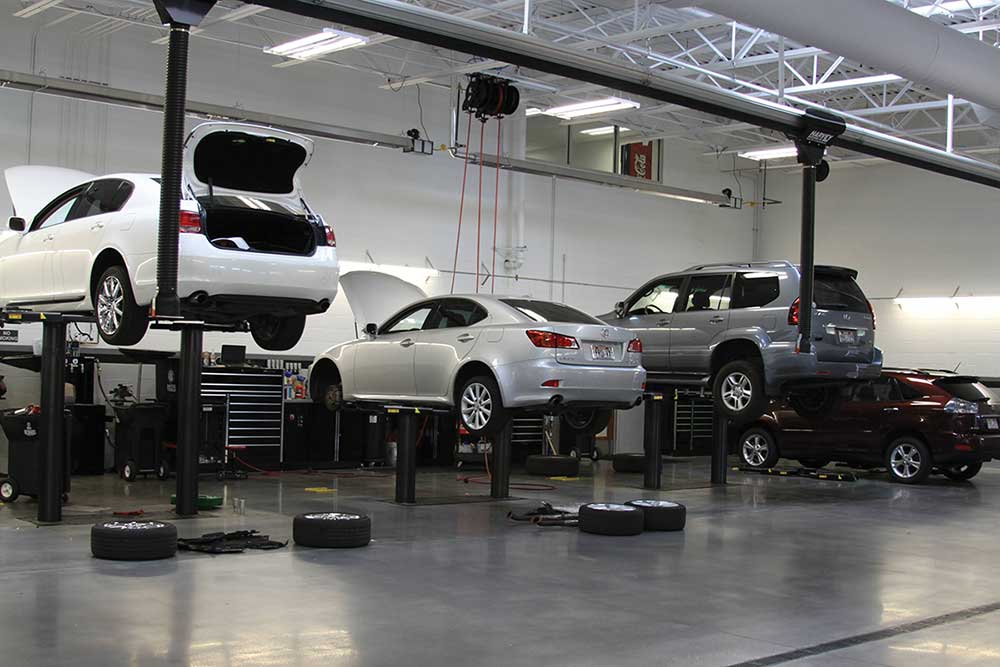
Lift Installation
Simply following the lift manufacturer’s installation instructions may not adequately address building code concerns. For example, the lift manufacturer may require 3 feet of clearance on each side of a lift for installation, repair, and maintenance activities. But you also have to take into account the building code that requires “a means of egress” that should provide an unobstructed path to an exit or access to the medium voltage switchgear in the service bay area of an electrical utility. Ensuring that both manufacturer’s instructions and building code requirements are met requires the application of all the local codes for that product and any general industry standards or guidelines that may be in effect at the time of installation.
Note that some aspects of lift installation by factory-trained installers will require locally sourced components to complete the installation in accordance with the lift manufacturer’s instructions. These include disconnecting devices, including plugs and receptacles, service wiring, and possibly motor overload or overcurrent protective devices.
Don’t be swayed by a distributor, installer, contractor, or even the shop owner who insists that a disconnect device is not required for an automotive lift. Every automotive lifting device is required by the respective electrical code to have one installed. However, due to the number and complexity of codes that could encompass the installation, the automotive lift manufacturer is not required to supply these items by either the electrical or mechanical certification standards.
As with any machinery, it is the responsibility of the shop owner to ensure that there are procedures created and implemented for lock-out/tag-out, planned maintenance, operator training, and operator daily examinations of each lift.
Part of your responsibilities may be dealing with bid specifications and ensuring the product is right for the job. Bear in mind that not every lift manufacturer has certified all of its lift models. There may be subtle differences called for in the bid specifications that cause changes to the lift being contemplated that make it ineligible for certification. To avoid disappointment later, confirm with the supplier that the lift fulfilling the bid will have ALI’s Gold Certification Label on it.
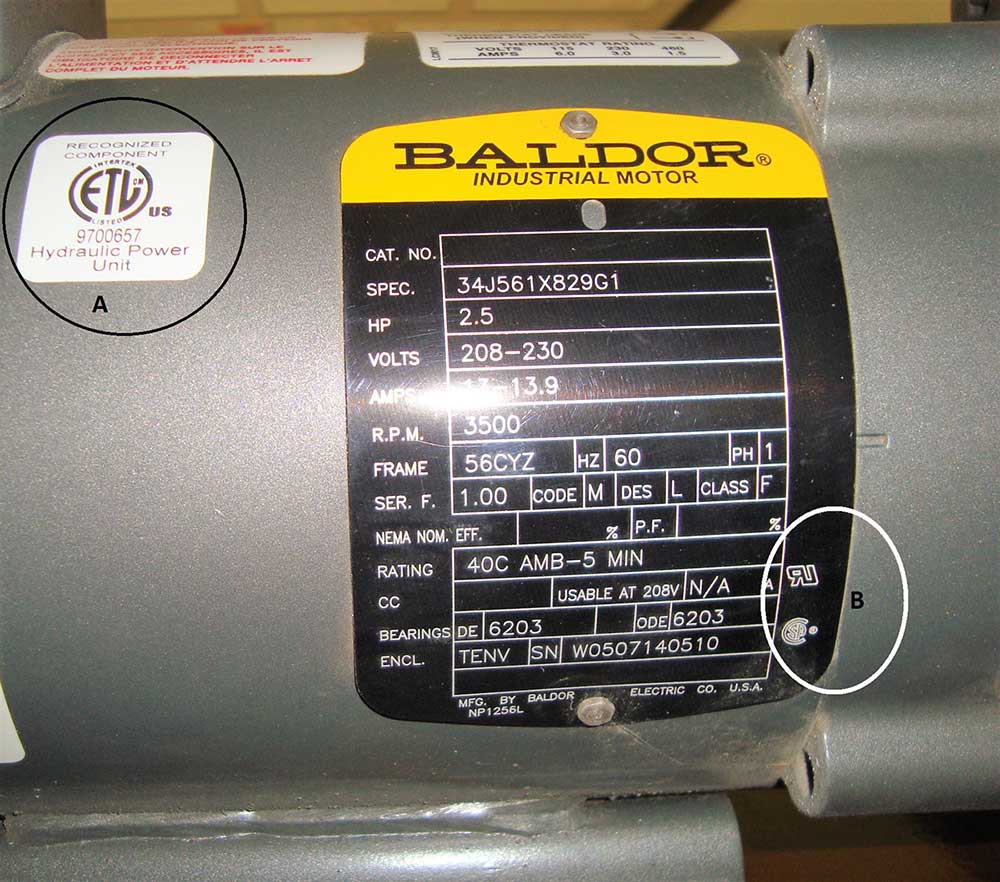
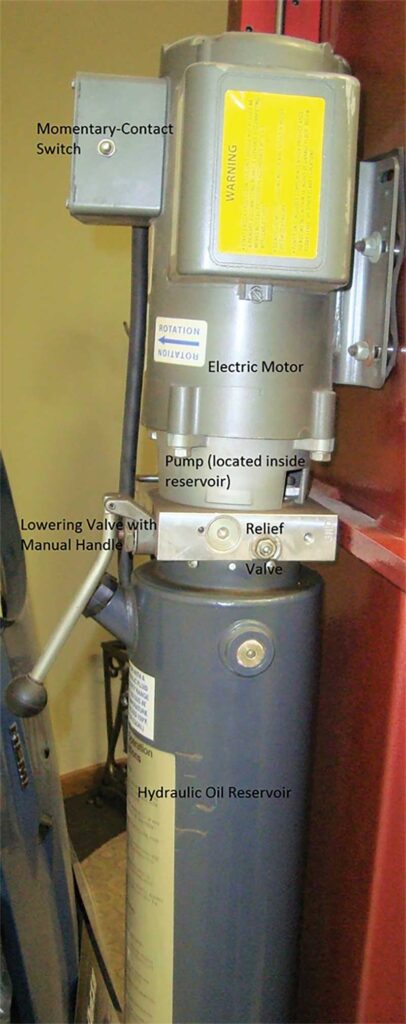
To help reduce the likelihood of uncertified products being installed in North America, the phrase “The automotive lift shall be certified and labeled to ANSI/ALI ALCTV (current edition)” can be used in bid specifications, or in any of the regulatory wording for a particular jurisdiction. This wording automatically requires the specific lift to be evaluated by an NRTL and listed to ANSI/UL 201 and ANSI/ALI ALCTV at minimum. In Canada, an additional requirement specifying CAN/CSA C22.2 No. 68 is recommended.
While this article impresses upon you, the inspector, to ensure public safety through the use of certified products, codes, installation, and safe practices, you won’t have to handle this task without support. There are tremendous resources available to you through ALI. These include copies of articles ALI has authored on the topics covered by this article, as well as the importance of lift inspection and ALI’s Lift Inspector Certification Program. Contact ALI at (607) 756 7775 or visit www.autolift.org for more information.

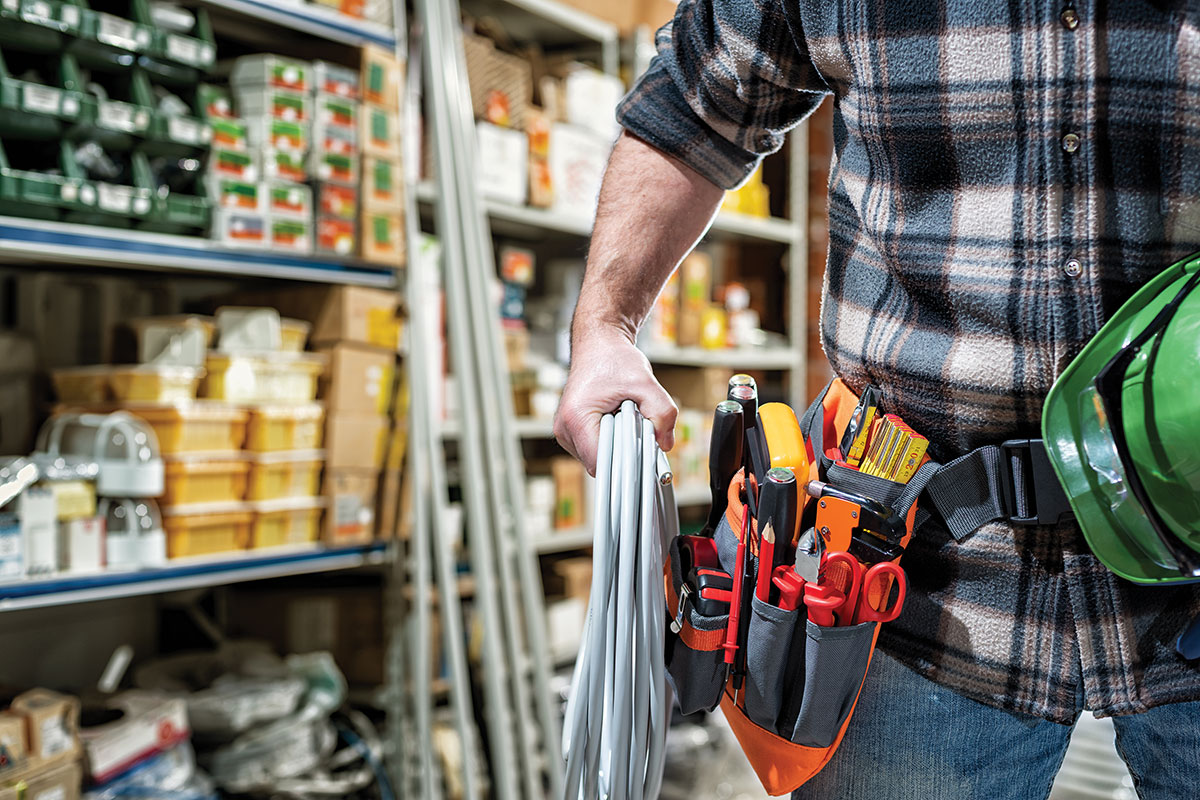
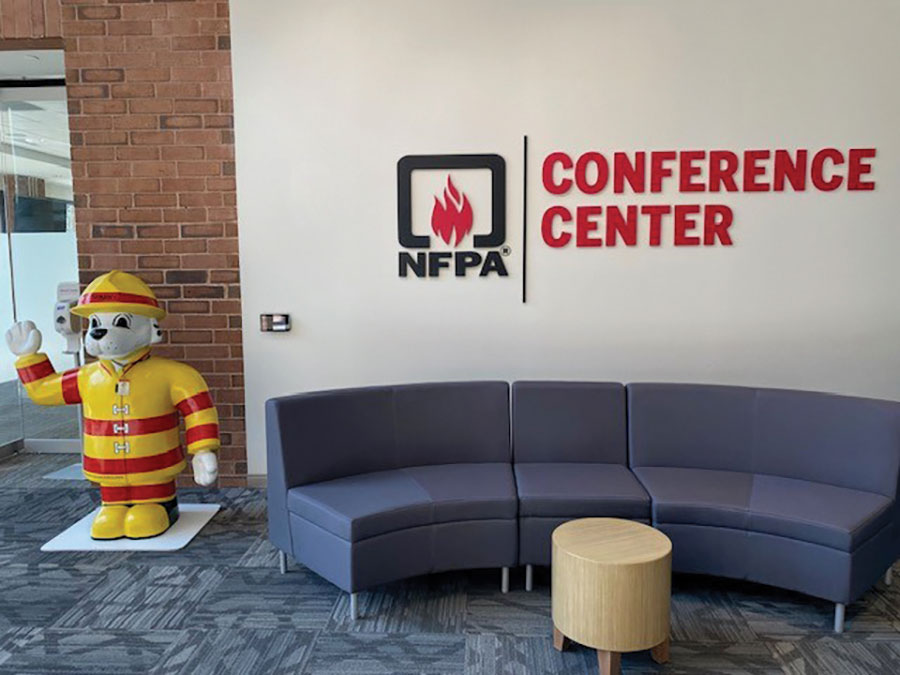
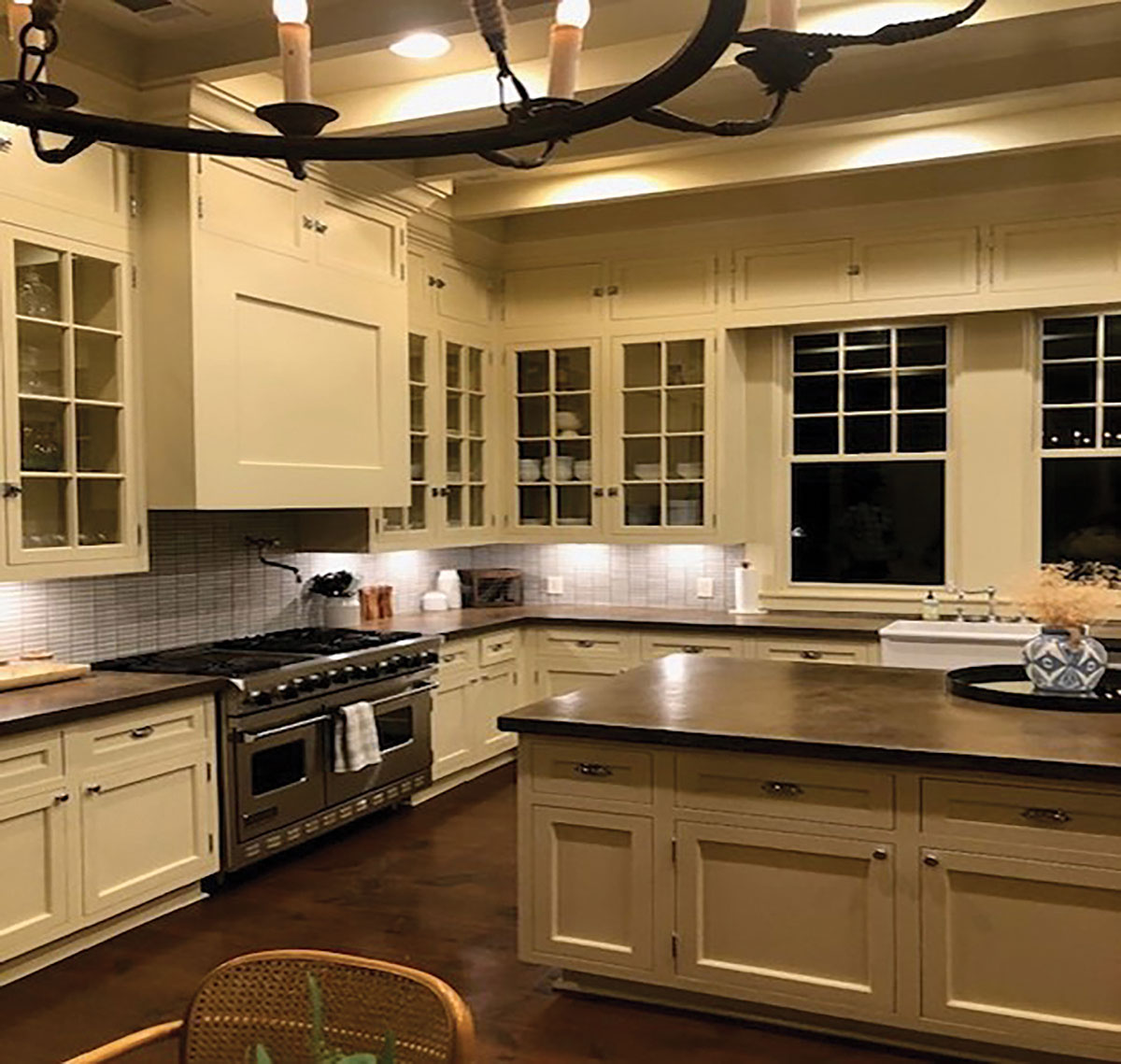
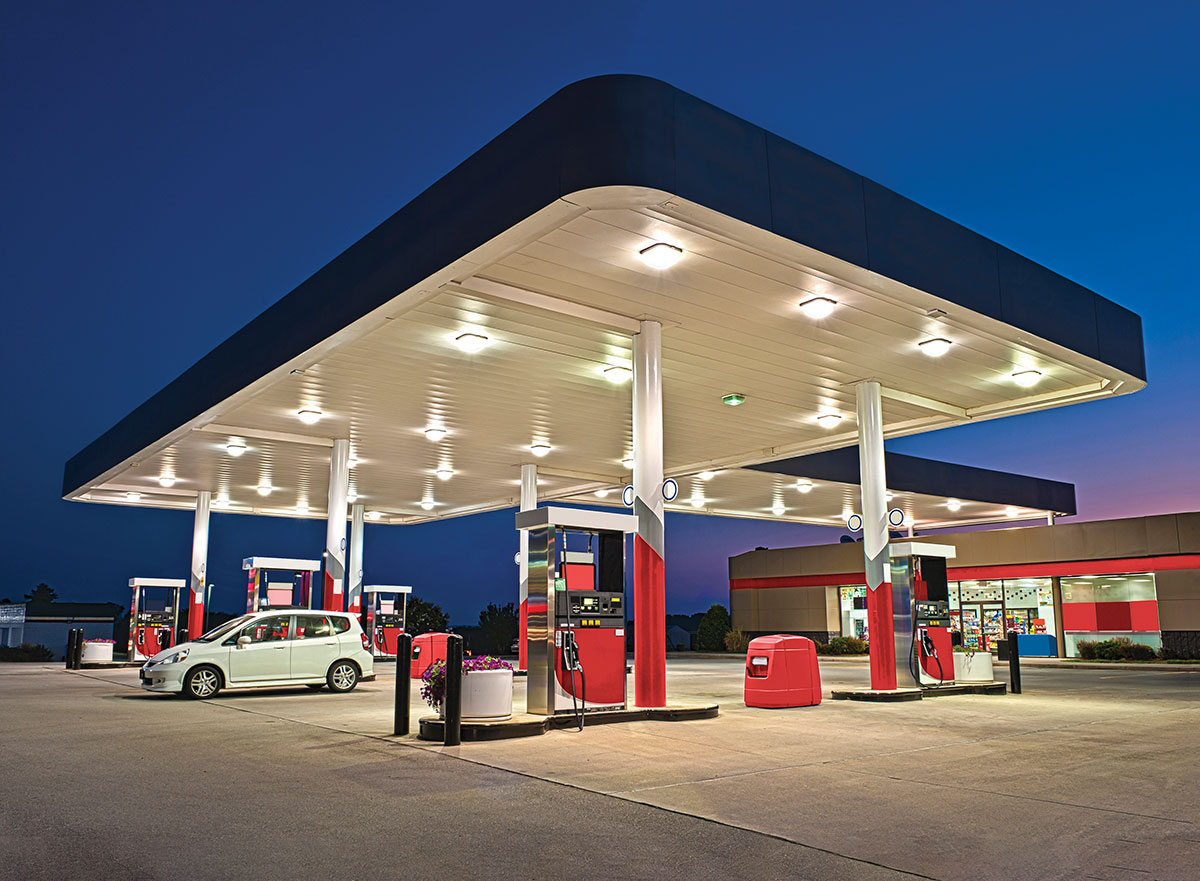






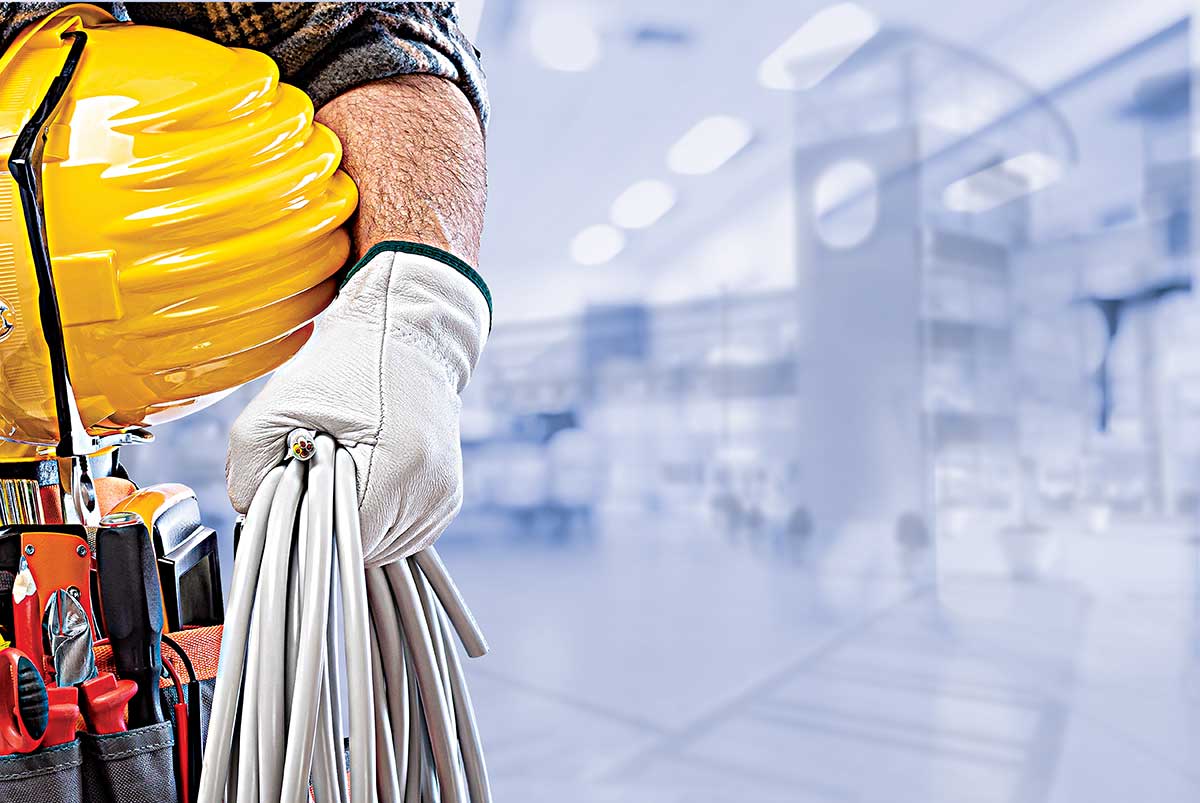
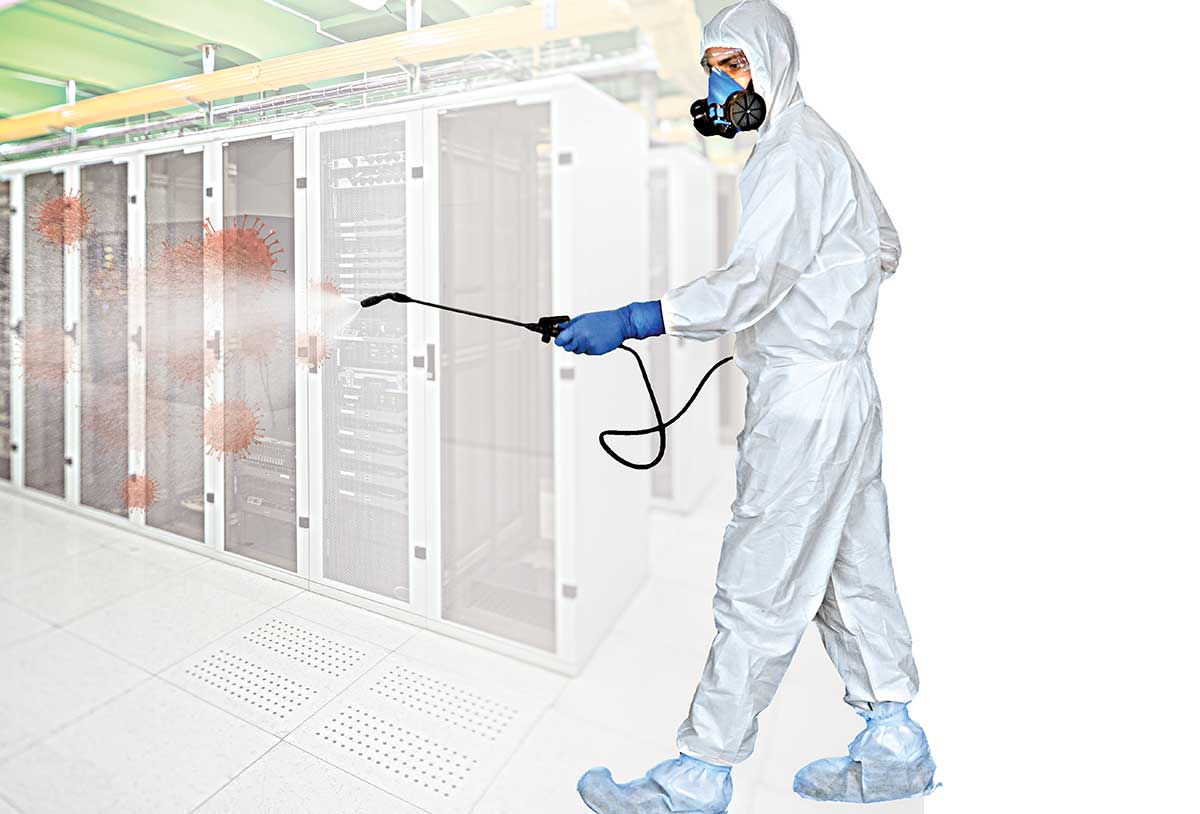
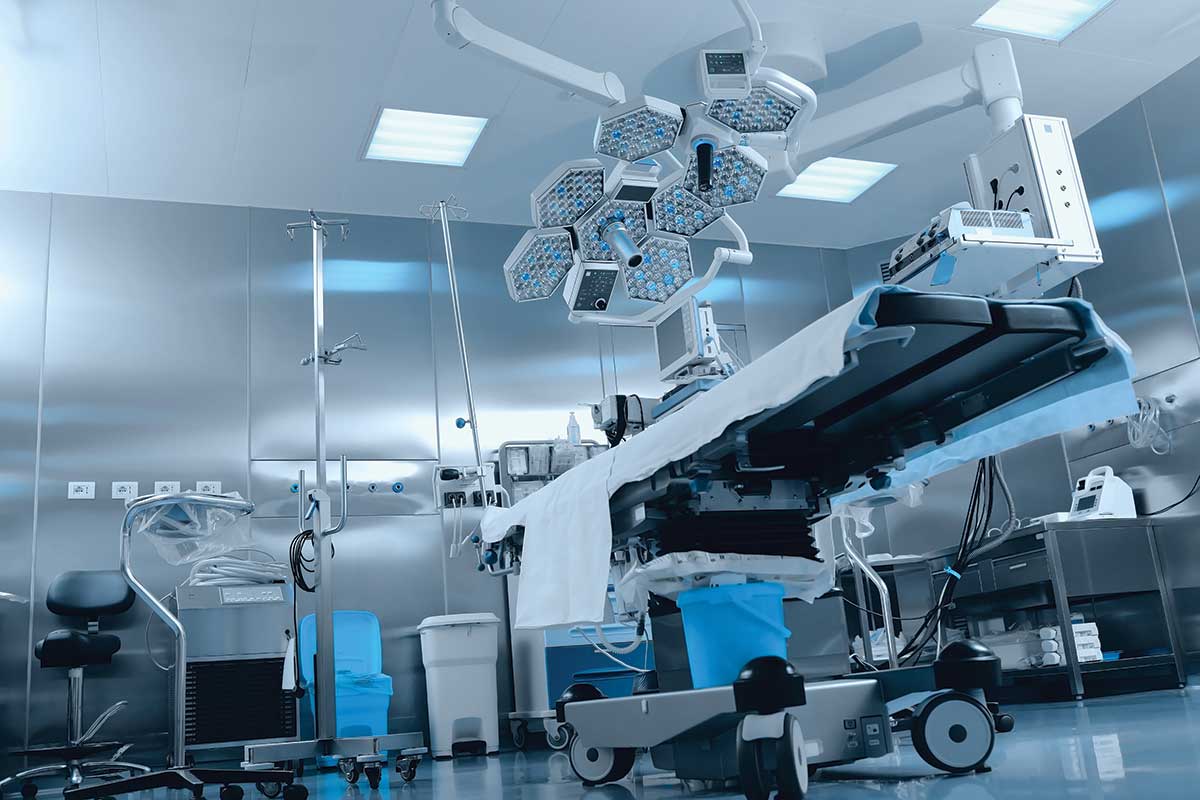
Find Us on Socials